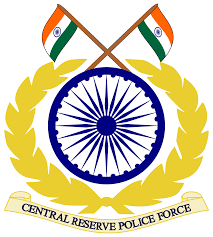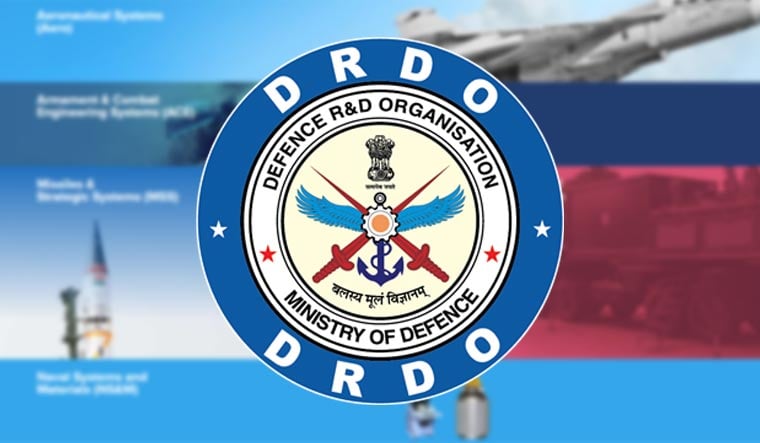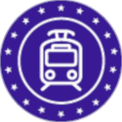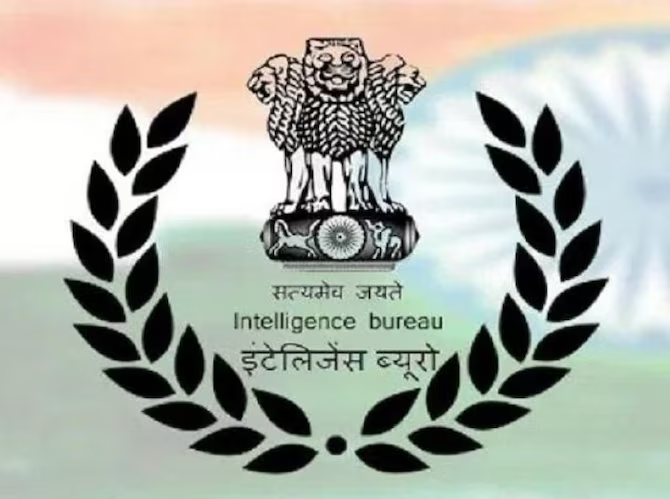CRPF Constable (Technical & Tradesman) CBT Previous Year Question Paper
Your understanding of the exam framework will improve thanks to the CRPF Constable CBT previous year question questions, which will also help you identify the topics that are crucial and frequently tested. You can get a sense of the trends in the section-wise questions that have been covered in the past by studying these CPRF previous year examinations. You should put forth all possible effort in your CRPF Constable CBT exam preparation. To help you in your efforts, you can get ixamBee's CRPF Constable CBT previous year exam questions. The prior year's papers contain any relevant clarifications and answers.
Benefits of Attempting the CRPF Constable (Technical & Tradesman) CBT Previous Year Question Paper
- Try
To prepare for the exam before taking it, use the previous year's questions for the CRPF Constable CBT. To find out how well you did, you can save time by taking the written exam rather than the actual exam.
- Fully Comprehend
Reviewing the CRPF Constable CBT past year tests is a smart approach for the upcoming exam in --cy--, building on the preceding statement. In this exercise, you may discover everything you need to know about the CRPF Constable (Technical & Tradesman) CBT exam, including the syllabus, exam pattern, and scoring system.
- Experience
Whether or not you have taken the exam before, it is helpful to review the CRPF Constable CBT (Technical & Tradesman) previous year question papers. They have something to offer, and you should take use of it to strengthen your preparation.
Key Features of CRPF Constable (Technical & Tradesman) CBT Previous Year Paper --cy--
Take a look at the key features of the CRPF Constable CBT previous question papers below.
- CRPF Constable Exam
The CRPF Constable CBT previous year question questions are a great place to start if you are unfamiliar with the selection process or what it includes. You might want to double-check even if you are already familiar with the CRPF Constable CBT exam format. Also, you can understand sectional timing (if there is any), the marking scheme, and other factors by studying the past question papers for the CRPF Constable CBT.
- Important Syllabus
You can access both the CRPF Constable CBT syllabus and the organization's test pattern by using the CPRF previous years' questions. By examining prior years' question papers, you can better understand which subjects are most likely to be tested as well as how to prepare for them.
- Practice Resource
The CPRF exam previous year questions are a great study aid in addition to their many advantages. You can practise on a variety of questions from all areas and sections in the previous year's question papers for the CRPF Constable CBT. Also, the complexity of the questions may be determined because they are actual test questions from the CRPF Constable CBT exam.
Why Should You Prepare from the CRPF Constable (Technical & Tradesman) CBT Previous Year Papers?
You must give the CRPF Constable CBT previous year papers the importance they command in your exam preparation. These papers can help you in the following ways:
- With the CRPF Constable CBT prior year question papers, you can seek out minute details that you might miss with a purely theoretical preparation.
- It is very helpful to thoroughly understand the CRPF Constable CBT exam pattern and syllabus by studying previous year's questions.
- Even though you haven't personally taken the CRPF Constable (Technical & Tradesman) CBT, glancing through the exam papers from the previous year will give you an idea of what to anticipate.
- You can get a sense of the type of test you will encounter on the final exam by looking over the CRPF Constable CBT exam paper.
- By reviewing the previous year's question papers for the CRPF Constable CBT, you can gain a better idea of how the syllabus is distributed as well as the most recent trends in the exam and question distribution. Also, you will have the chance to give each subject the consideration it merits.












